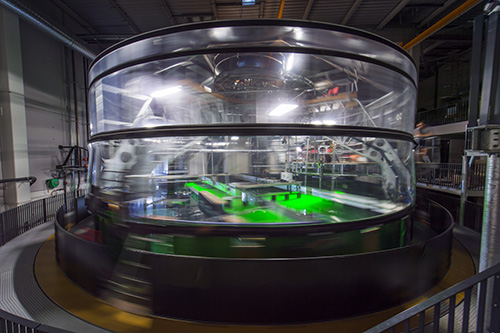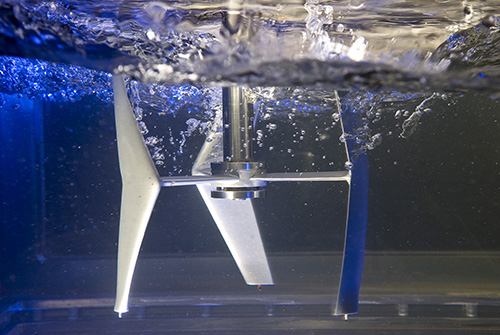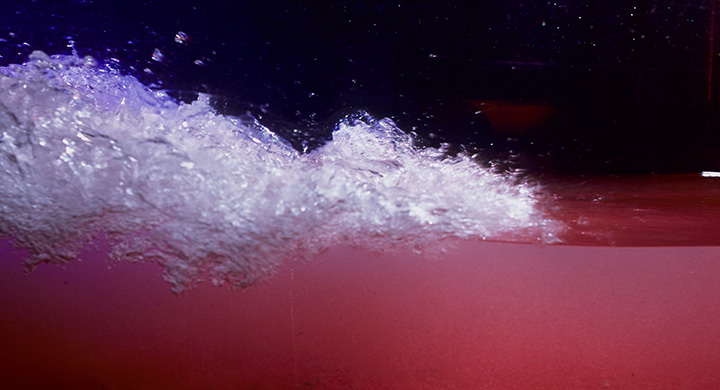After graduating from a Master of Advanced Studies at the École Centrale de Nantes in 2001, there was no letting up for Julien Chauchat. Continuing with a doctoral thesis at the University of Caen on modeling sediment transport in estuary and coastal environments. Following that was a postdoctorate at the University of Aix-Marseille, then a position as a research professor at LEGI in Grenoble in 2009, where he continued his work on sediment transport. In 2015-2016, Chauchat also spent a year in the United States, researching at the University of Delaware in one of the world’s biggest centers for coastal engineering.
Why did he choose this area of research? “
Certain climate events have an impact on the evolution of landscapes, geomorphology of rivers and coastal morphology, as well as infrastructure, bridges, roads and houses,” explains the researcher. “
What motivates me is understanding and modeling the dynamics in the natural environment that surrounds us, to better predict long-term evolutions and build more sustainable infrastructure, reducing the material and human risks.” For example, LEGI is participating in an R&D project on offshore wind turbines, in collaboration with France Energies Marines.
Scouring, a central issue for the new chair
In 2015, the laboratory also started to collaborate with Artelia, an international and multidisciplinary consulting, engineering and project management group working in the construction, infrastructure, water, industry and environmental sectors. With the aim of developing its research activities, the group has recently created a chair for industrial excellence with the laboratory to investigate problems related to scouring, i.e. loss of sediment due to disruptive currents from a natural or artificial obstacle. “
This phenomenon causes most of the world’s bridge collapses, for example,” adds Chauchat. “
The economic and strategic stakes are huge.”
Beyond scouring, the Oxalia chair will also focus on coastal morphodynamic modeling and coastline evolution, as well as trapped air in free-surface flows (hydraulic jumps, dam spillways, pumps). In all these problems, there are two phases: water and solid particles (sediment) or water and air. “The presence of these two phases (Liquid + Solid and Liquid + Gas) can modify the system’s large-scale behavior. And consider the phenomenon in engineering issues for hydraulic structures, dams, etc.” The aim is to improve the predictive capacity of operational engineering models, using a physics-based approach. “The idea is to play with the design of the structures themselves, to avoid this phenomenon and increase yield,” specifies Chauchat.
The problem is complex: it requires understanding the fluid dynamics of a flow at the level of tens or even hundreds of meters, where the presence of only a few hundred microns will play a role. To simplify calculations, scientists run models at what is considered small-scale, and go up to large-scale through Russian doll-style models. The Oxalia chair was officially created on December 1st 2021, with research work planned to start in spring. Experiments will then play a key role in validating models. For this phase, LEGI has cutting-edge facilities, such as a wave flume, tilting flume and the Coriolis circular wave tank. As for Artelia, the group features an internationally renowned hydraulics testing laboratory in Pont-de-Claix.
*CNRS, Grenoble INP - UGA, UGA

 *CNRS, Grenoble INP - UGA, UGA
Website ARTELIA
*CNRS, Grenoble INP - UGA, UGA
Website ARTELIA


